CUSTOMER LOGIN
How CNC Automation Helps UK Manufacturers Beat Rising Costs
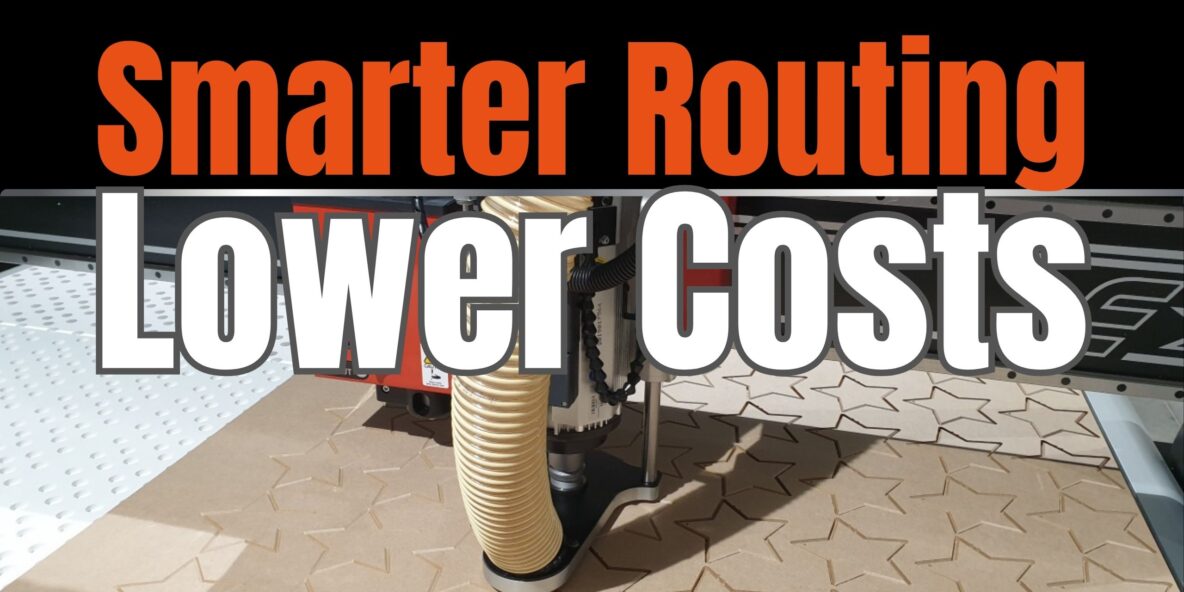
How CNC Automation Helps UK Manufacturers Beat Rising Costs
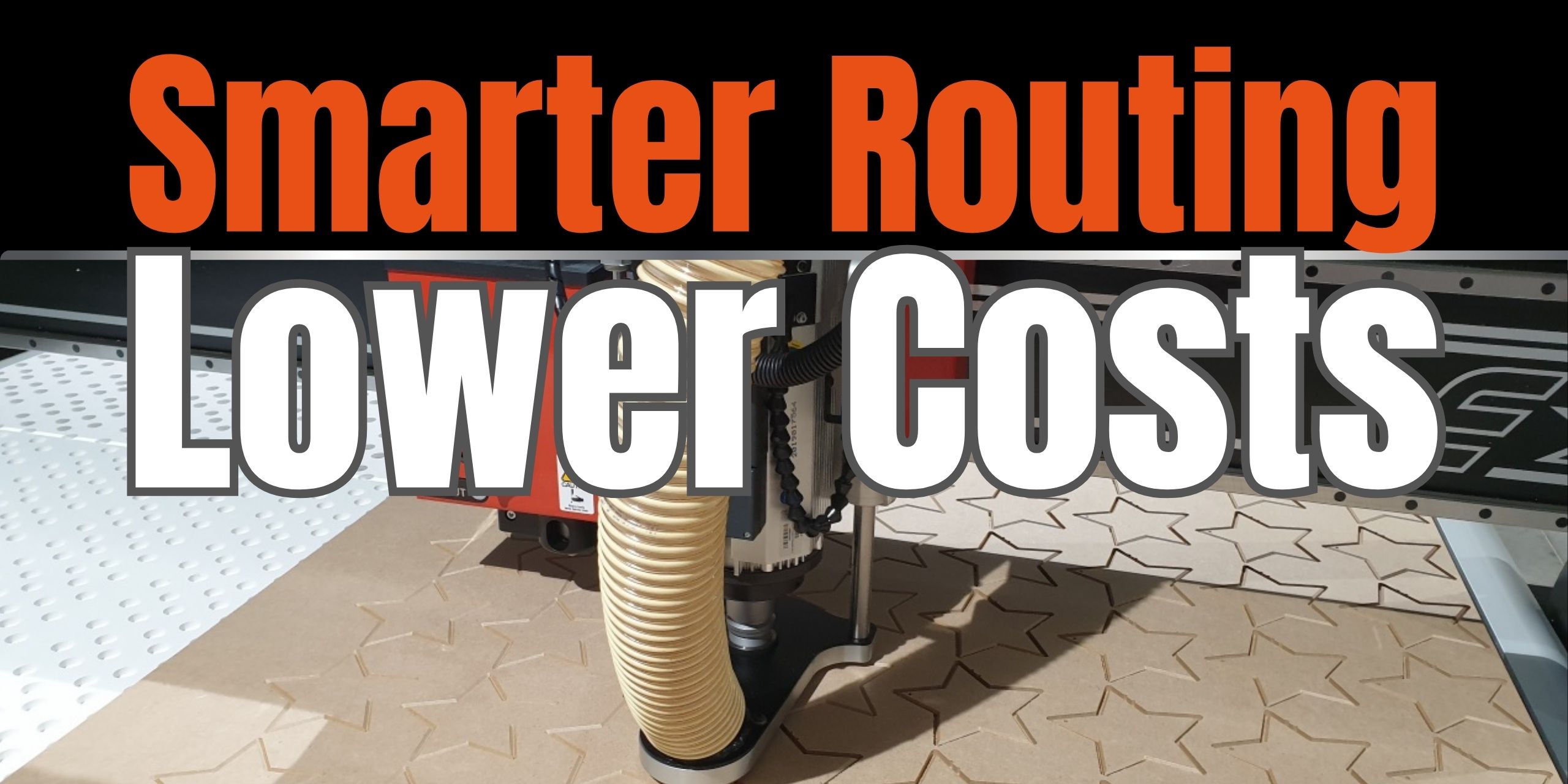
UK manufacturers are under pressure. Energy prices remain volatile, labour shortages persist, and material costs continue to climb. To stay competitive, businesses are looking for smarter ways to produce more with less. CNC automation is one of the strongest levers available, allowing workshops to cut waste, reduce manual input, and keep production moving at pace.
Automating Repetitive Cutting Tasks
In many workshops, skilled operators spend a surprising amount of time on jobs that add no real value. Swapping tools between cuts, setting up the same operations day after day, or monitoring simple pocketing passes consumes expertise that could be better used elsewhere. CNC automation addresses this directly.
Automatic tool changers allow multiple operations to run in sequence without manual intervention, eliminating the stop-start cycle that slows production. Preset libraries store proven feeds, speeds, and cut depths for common materials, removing guesswork and reducing setup errors. Job queue management means that once a run is started, the router can move through multiple toolpaths and sheets without operator input.
The benefit is twofold: productivity increases because machines spend more time cutting and less time idle, and operators are freed to manage multiple routers or focus on higher-value activities such as programming, quality checks, or customer-specific adjustments. In effect, automation turns a single operator into a force multiplier for the entire workshop.
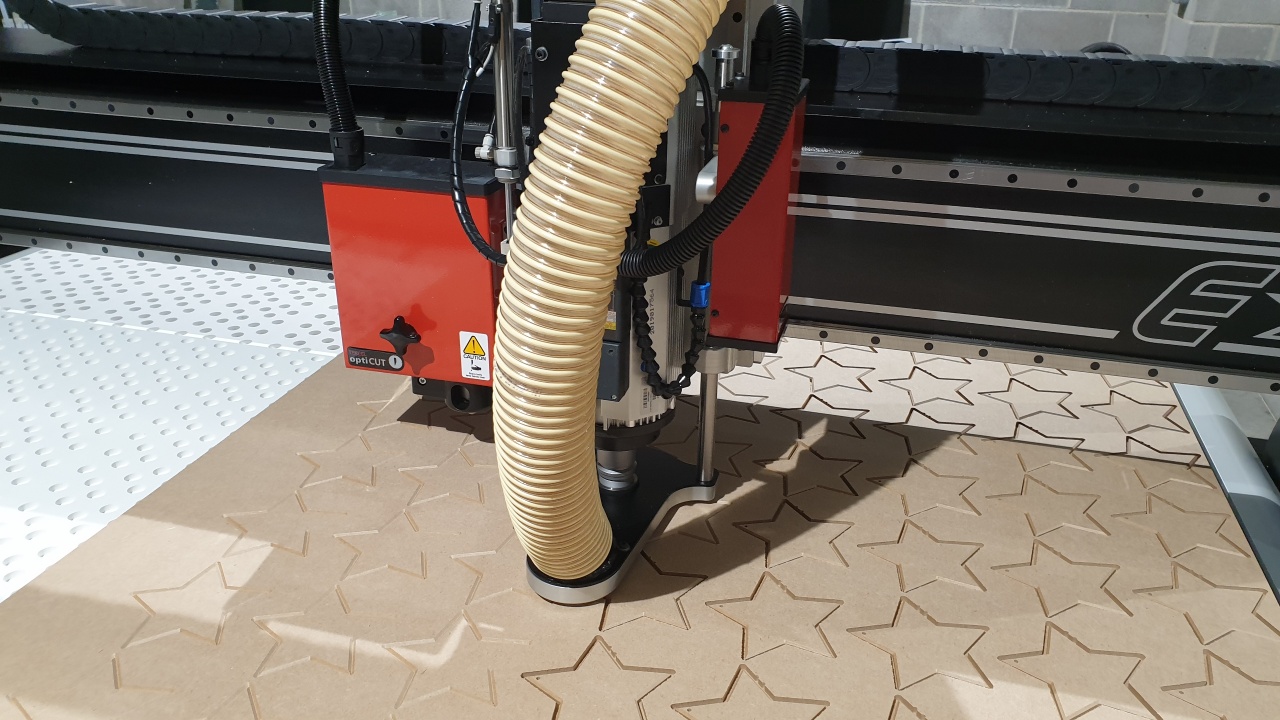
Intelligent Nesting and Workflow Integration
Material waste is one of the biggest hidden costs in manufacturing, and with sheet prices climbing, every little bit counts. Intelligent nesting software has become a cornerstone of CNC automation because it reduces waste while also streamlining production. By arranging parts in the most efficient layout, nesting systems maximise sheet yield, shorten cutting times, and minimise offcuts that would otherwise go in the scrap bin.
The advantages go beyond material savings. Integrated workflow tools allow nesting software to connect directly with CAD design files and production schedules. This removes the need for manual file preparation and reduces the risk of human error when setting up jobs.
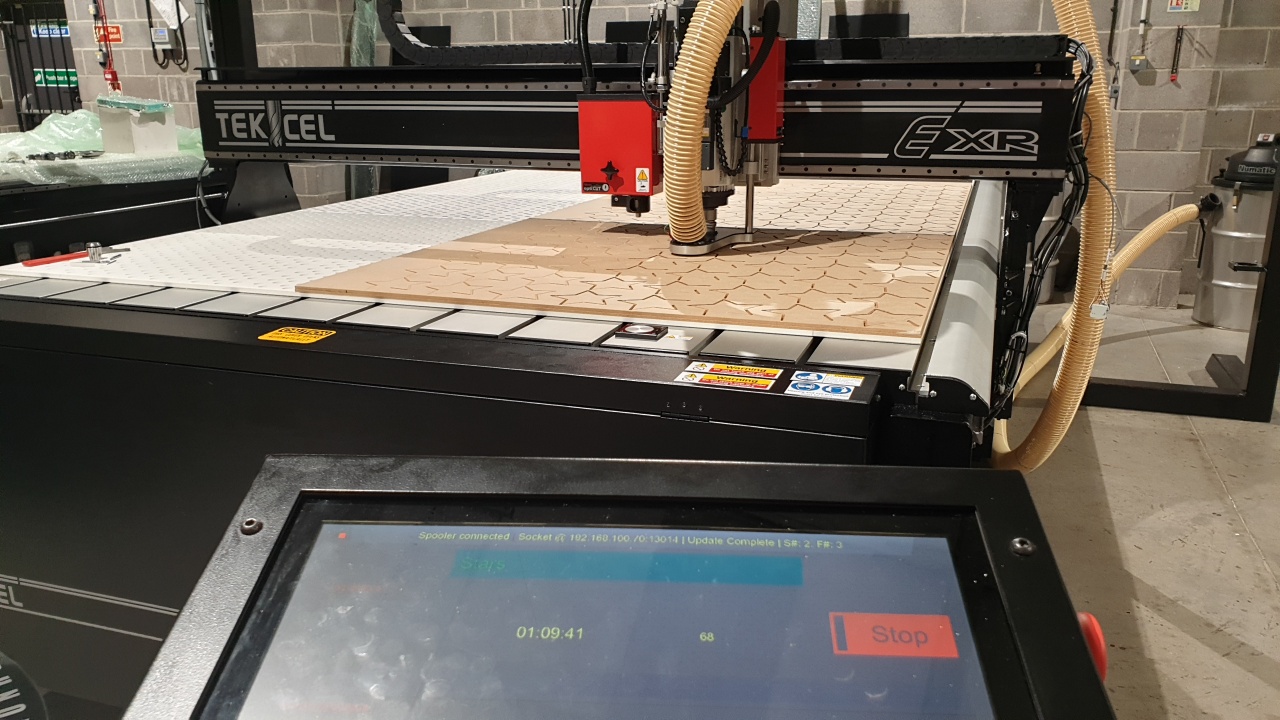
Precision Through Automated Alignment
A fraction of a millimetre out can ruin graphics, cause joins to misalign, or create fit issues that only become obvious at assembly. Traditionally, operators handled this manually, which was both slow and prone to mistakes.
Automated camera systems such as Tekcel's OptiCam transform this step. By detecting registration marks and automatically aligning the toolpath to the print or template, they eliminate operator guesswork. The router follows the artwork exactly, no matter how the sheet is placed on the bed.
This accuracy does more than save time. It prevents reprints, reduces rejected parts, and ensures that even complex short runs are cut with the same precision as a large batch. For customers, it builds confidence that every finished piece will look sharp and professional. For manufacturers, it translates into faster setups, cleaner output, and stronger client relationships.
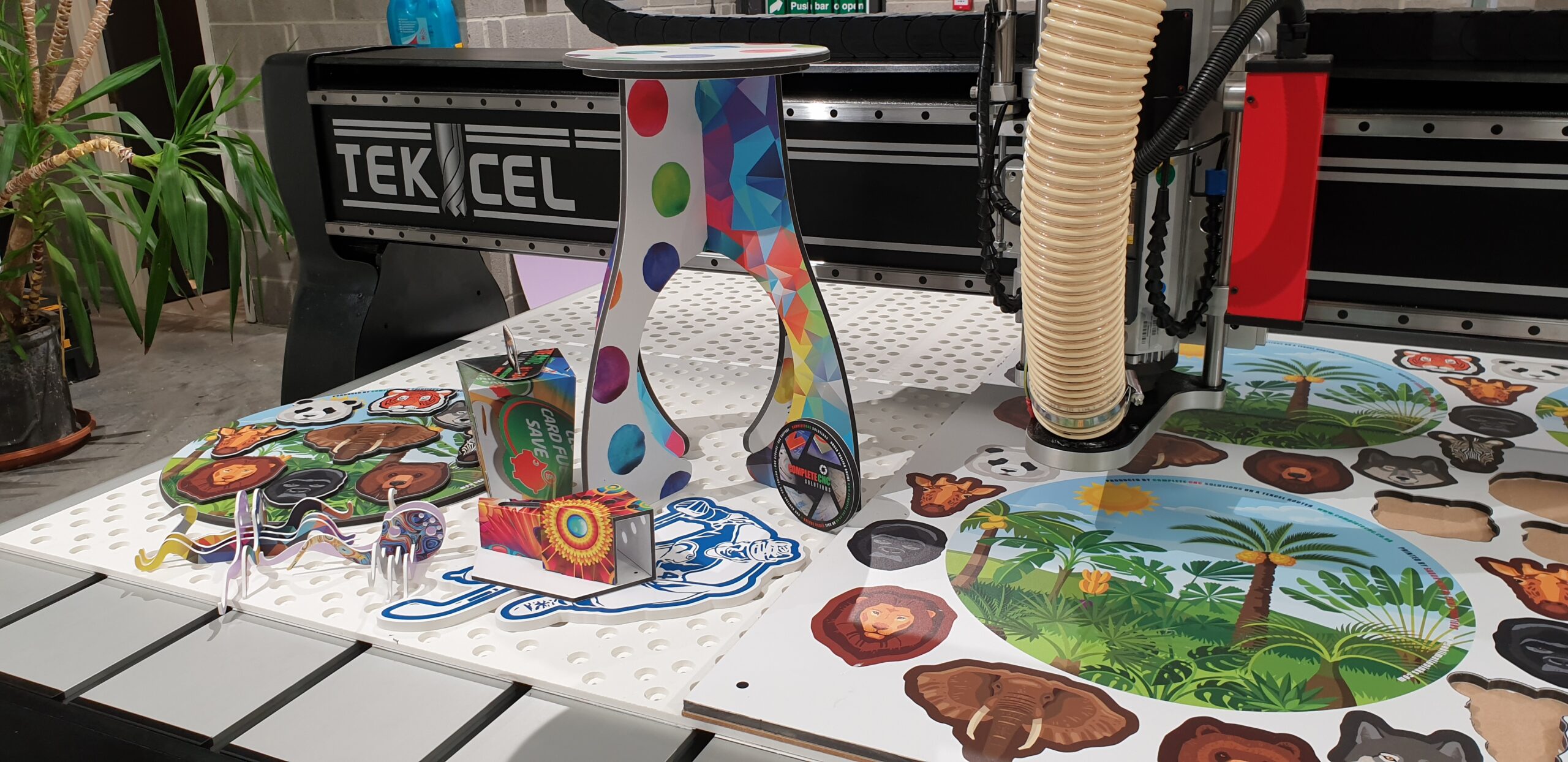
Smarter Maintenance with Automation
Maintenance has always been essential to CNC performance, but automation makes it more intelligent. Instead of relying on fixed schedules or reacting to breakdowns, modern systems monitor machine health in real time.
Sensors track vibration, spindle load, and motor temperature, flagging early signs of wear before they become critical. A rise in spindle vibration, for example, can point to bearings beginning to fail long before it shows in cut quality. Operators can plan a service at the right time, rather than face an unexpected stoppage.
Automation in maintenance is not just about reducing breakdowns. It is about creating predictable, stable production environments where machines can perform consistently and costs are controlled more effectively.
Automation as a Cost-Cutting Ally
CNC automation is no longer just about efficiency. For UK manufacturers under pressure from rising costs and tight deadlines, it is becoming a core strategy for survival and growth.
By removing repetitive manual work, optimising material use, ensuring precise alignment, and embedding predictive maintenance, automation allows workshops to deliver more value with fewer resources. It turns skilled operators into problem-solvers rather than machine minders, and transforms routers into assets that run longer, cut cleaner, and waste less.
For many, the real question is no longer whether to automate, but how soon they can bring these capabilities into their workflow. Automation does not replace people; it enables them to achieve more and strengthens manufacturers’ competitive edge.
If you’re ready to explore how automation can cut your costs and sharpen your competitive edge, talk to us today.
Further Blog Posts
The Multi Material CNC Toolkit for Vehicle Converters
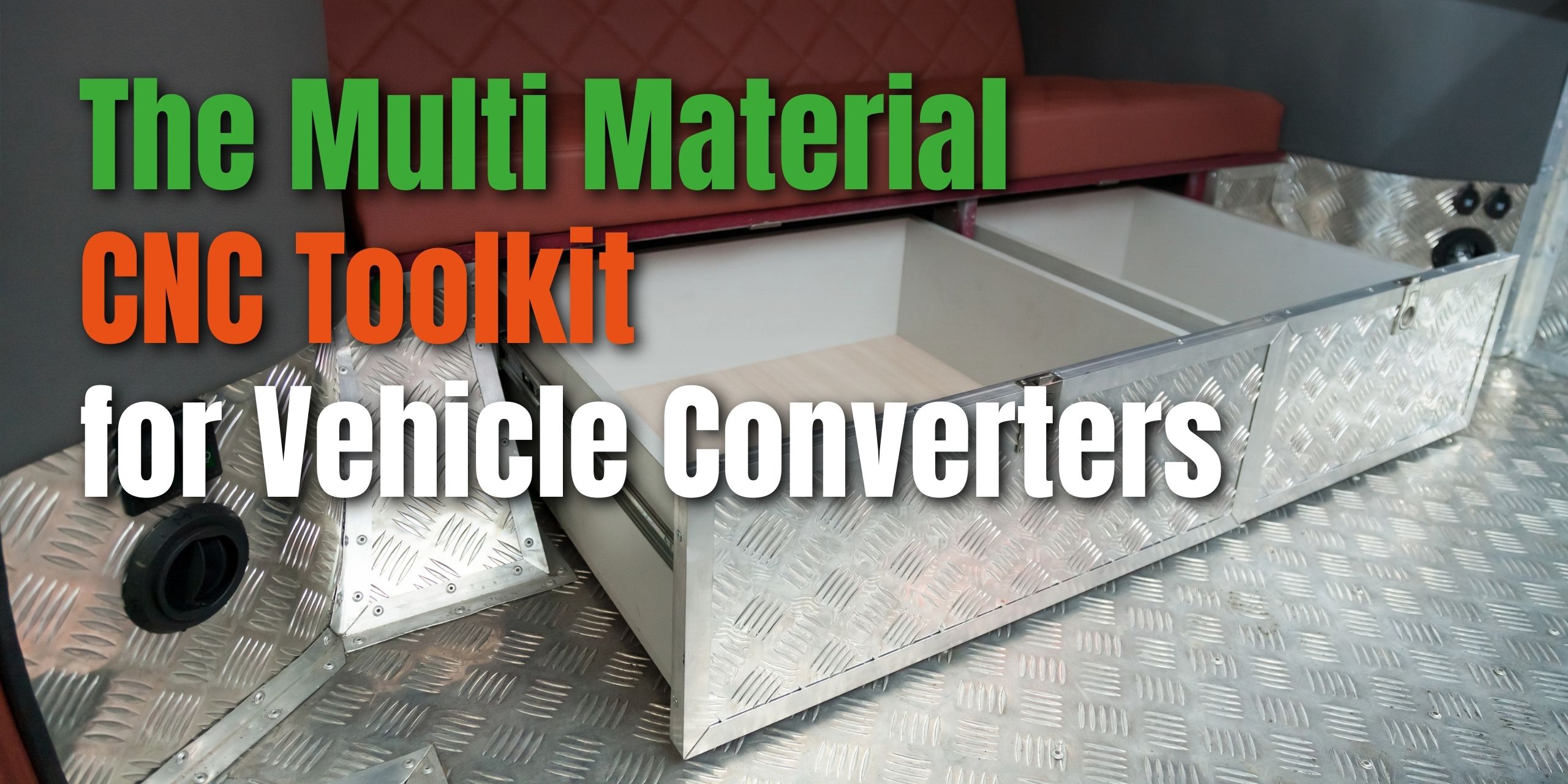
CNC Engineers Reveal the Top Maintenance Mistakes to Avoid
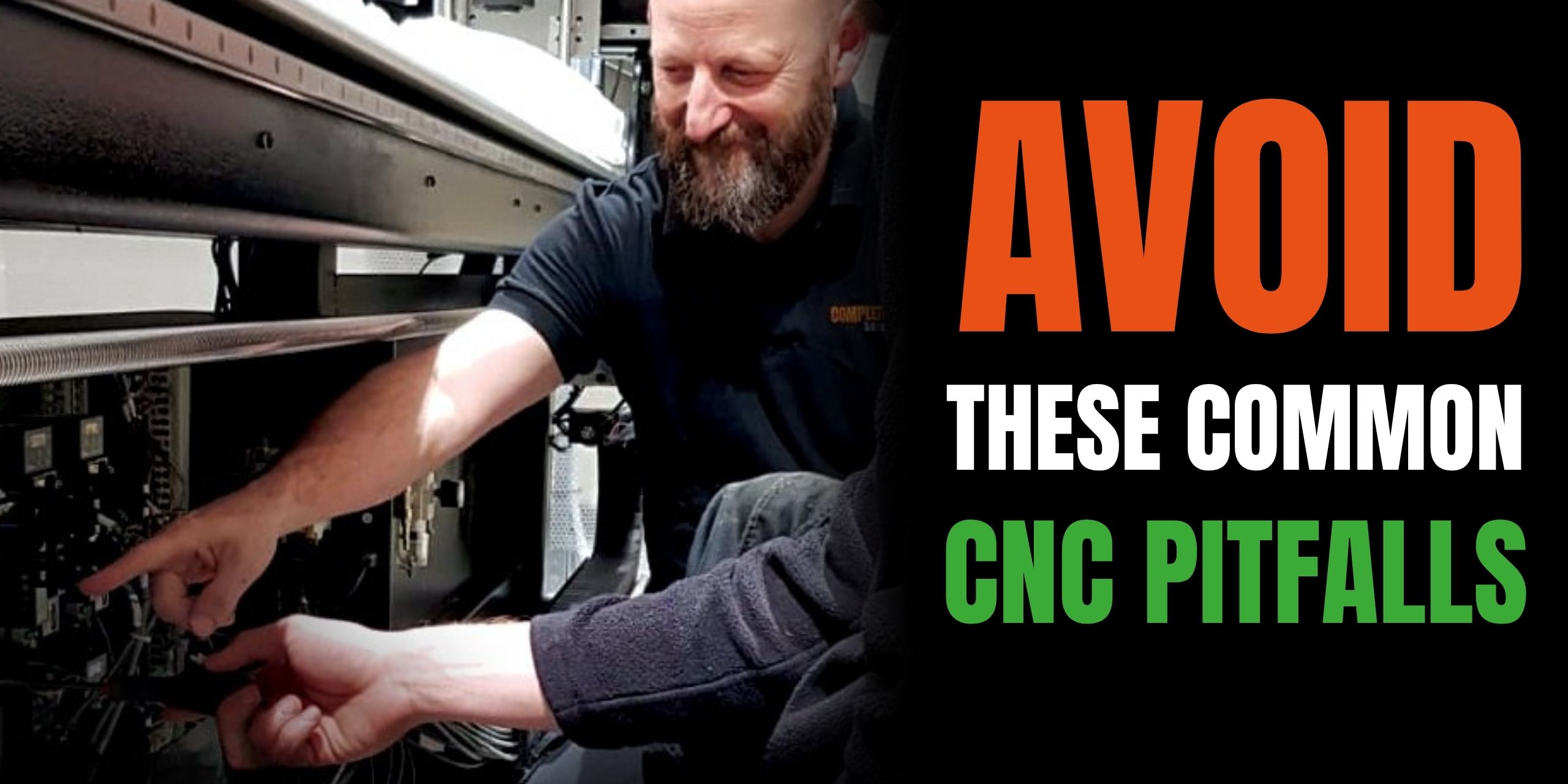
Measuring Yield & Waste in Your CNC Shop: KPIs & What to Aim For
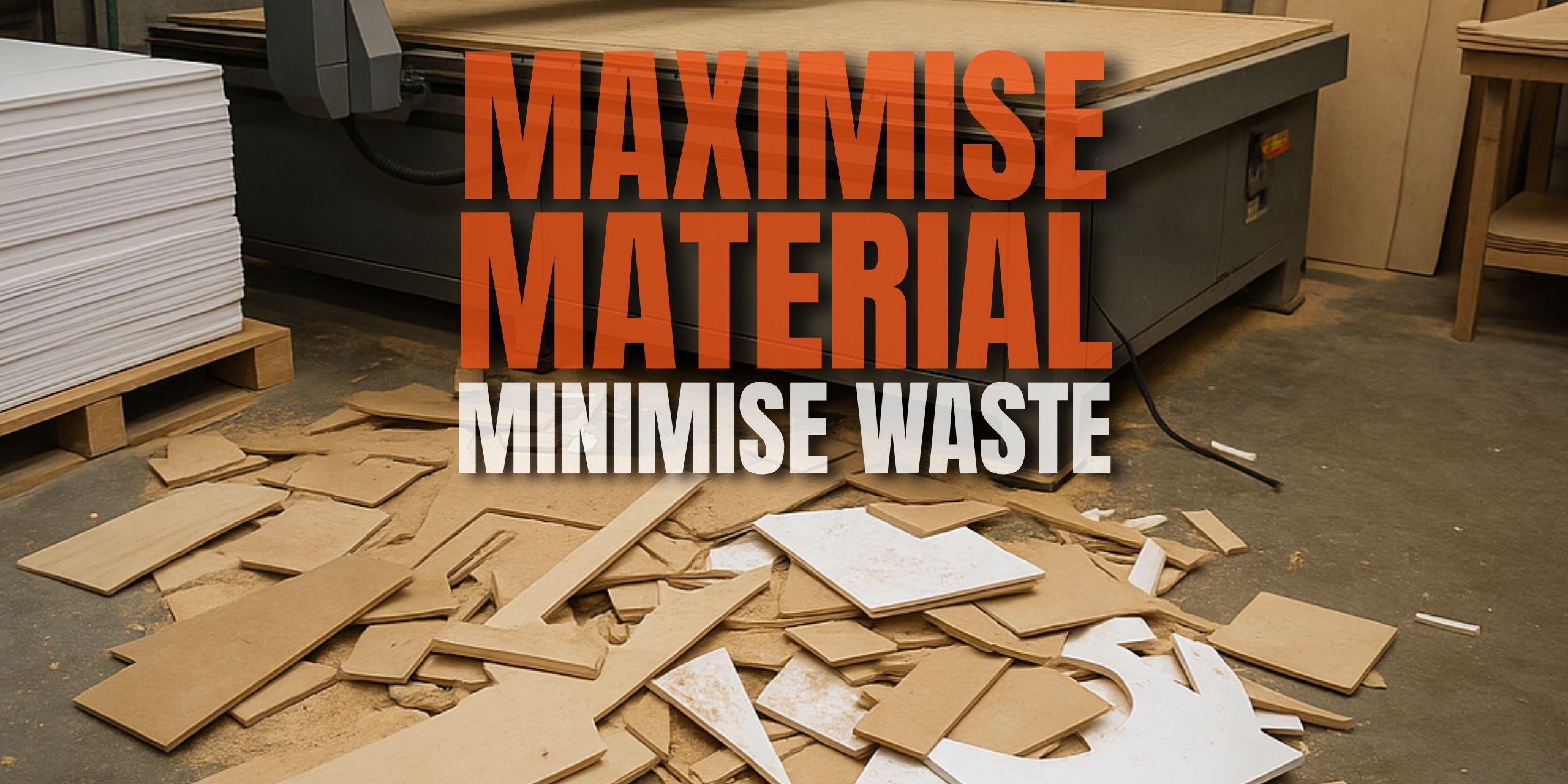
How CNC Automation Helps UK Manufacturers Beat Rising Costs

Why do CNC Router Tools Really Break? And How to Prevent It.
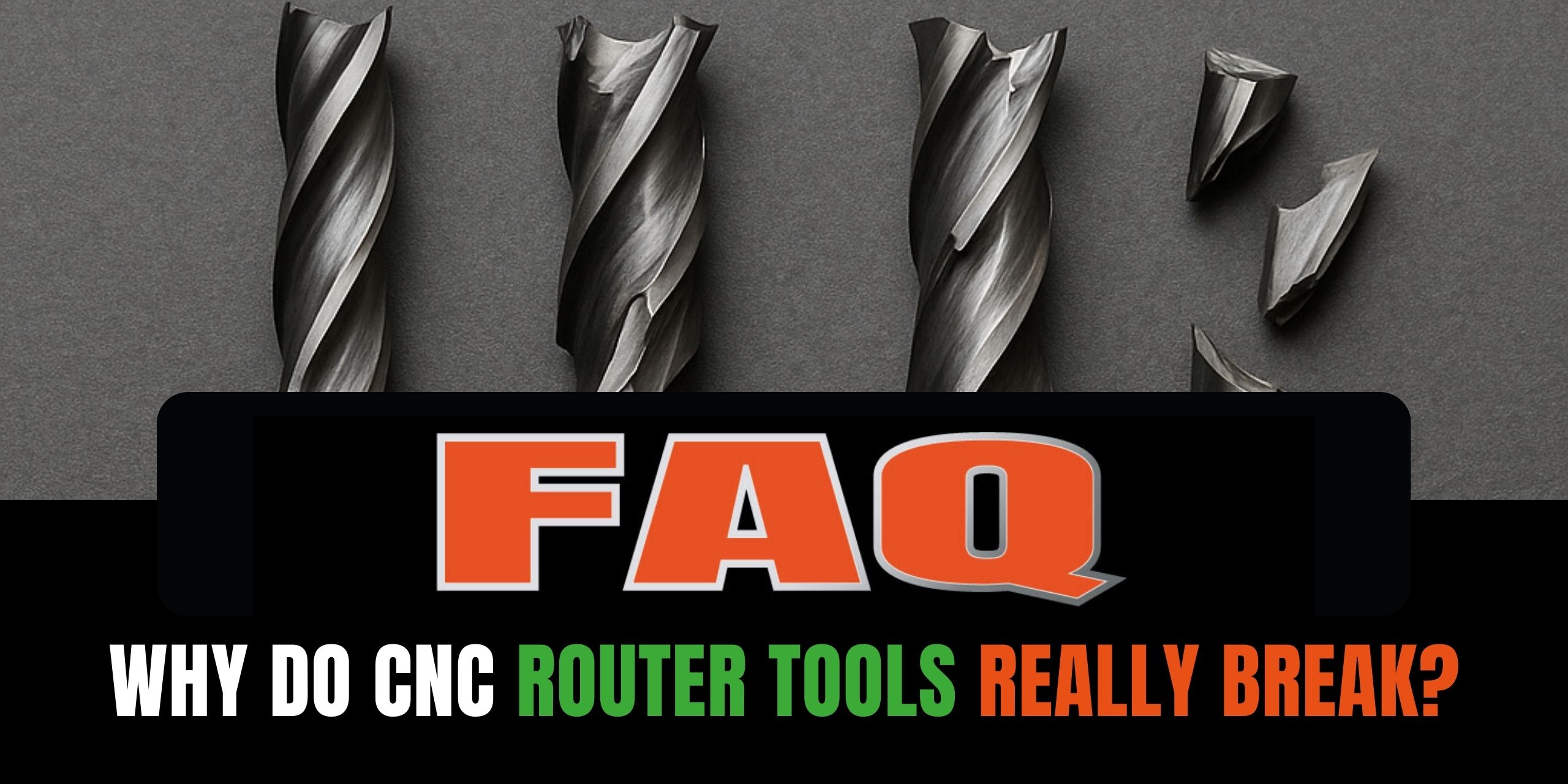
The Rise of Wood: Is the Industry Shifting Away from Plastics?

Choosing CNC Tooling: What Matters and Why It Pays to Buy from Specialists
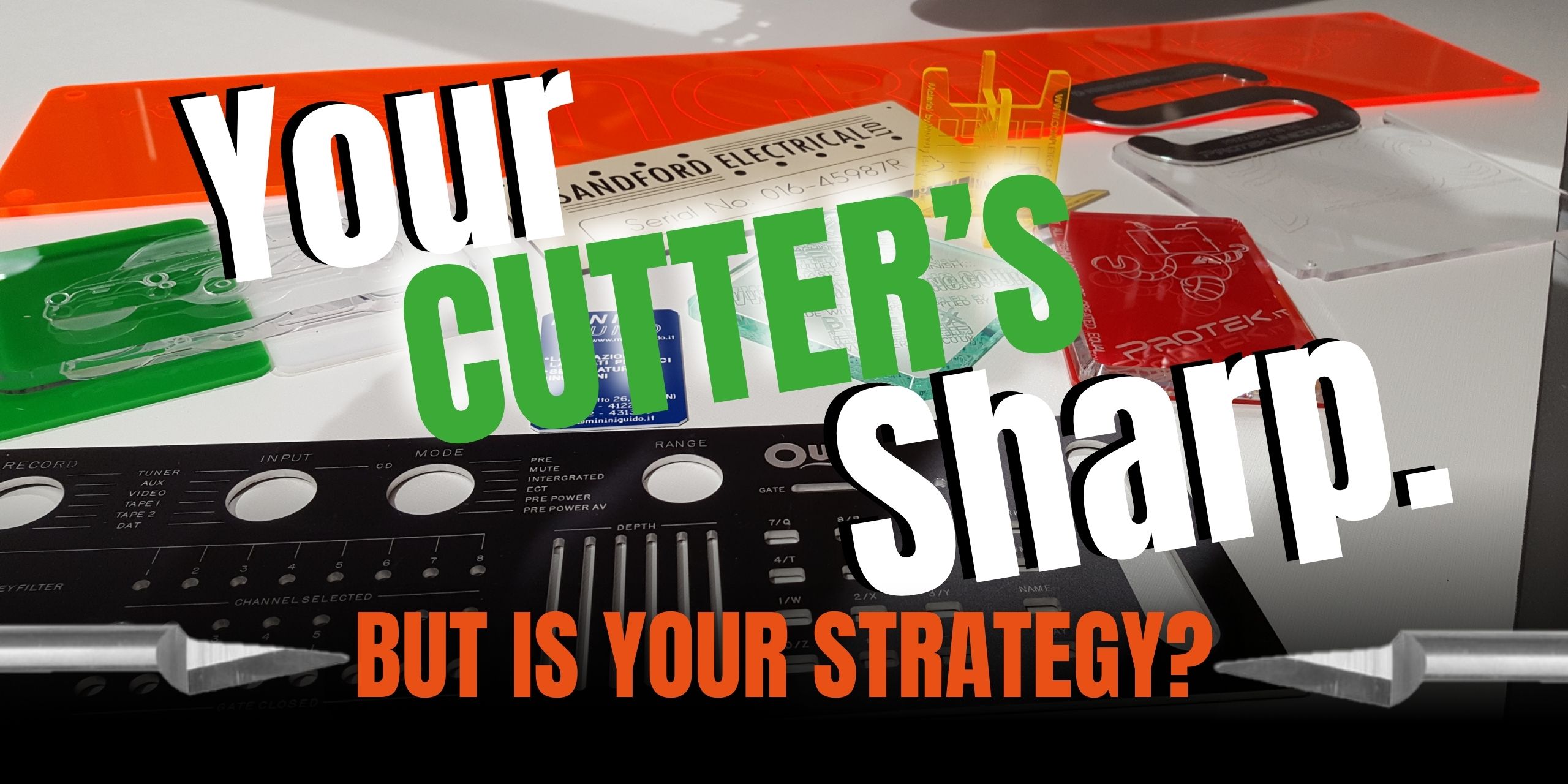
Avoid These CNC Pitfalls in Illuminated Signmaking


